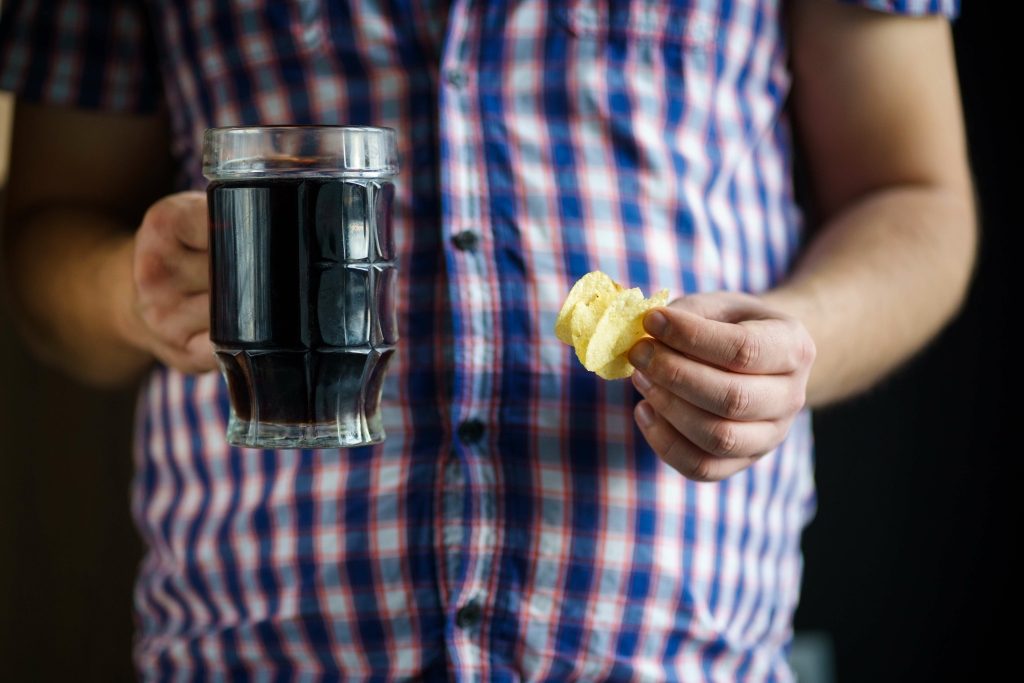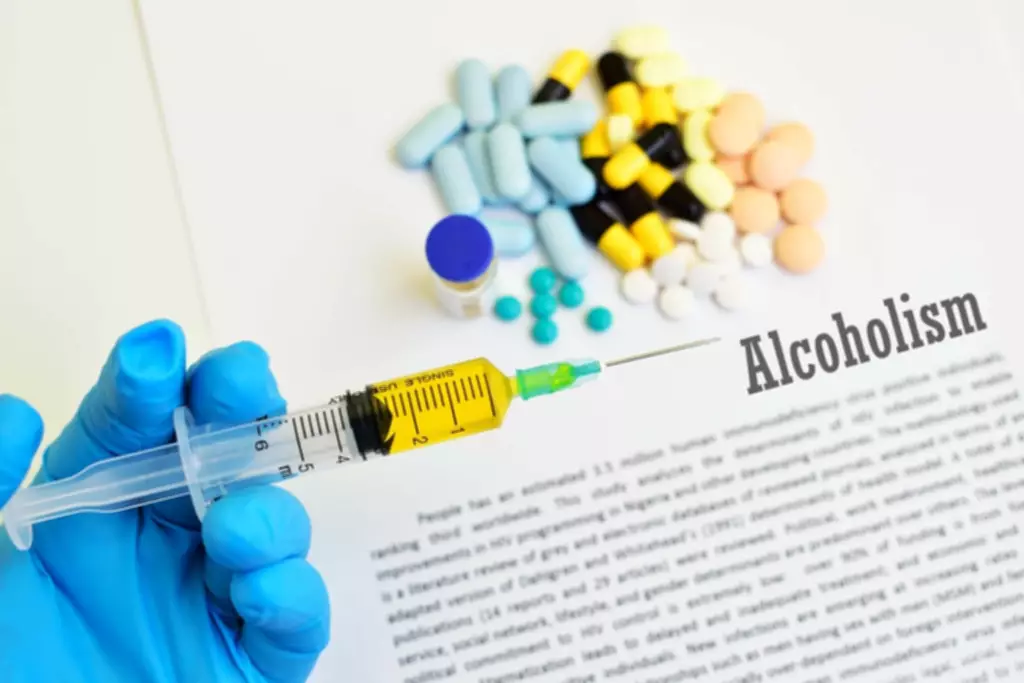
The Cincinnati Reds will recognize Ohio Overdose Awareness Day at their August 31 game and will feature recovery testimony videos, digital promotions and other advertisements featuring information about Overdose Awareness Day resources. Several individuals who work in the behavioral health care field will also be recognized for their dedication to this work. Click the link in our bio to learn how to stop overdose and save lives. CDC created a suite of naloxone materials and tools to support your efforts to discuss naloxone with patients. These tools can help clinicians inform patients, families, and/or caregivers about the value of naloxone in a non-stigmatizing manner. Studies show that naloxone may not always be offered when risk factors are present, such as taking higher doses of opioids, prescriptions for benzodiazepines in addition to opioids, or history of overdose.
The Biden-Harris Administration has already invested billions of dollars and significant expertise towards these efforts. Under the leadership of President Biden, we are beating the overdose epidemic. Through the American Rescue Plan, we delivered more than $5 billion to strengthen and expand State and community mental health and substance use disorder services. We also addressed the mental health of frontline workers, like nurses, who are dealing with this crisis every day, by directing $103 million specifically to meet their needs.
Whether intentional or not, mixing drugs can be especially harmful because the effects from combining drugs may be stronger and more unpredictable than one drug alone, and even deadly. For more information about partnership opportunities, contact us today. In 2020, an estimated 284 million people – one in every 18 people aged – had used a drug in the past 12 months, a 26 per cent increase from 2010.

It’s a day to remember and grieve those we’ve lost, and to strengthen resolve to end overdose injuries and deaths. CDC and partners celebrate health awareness and observances and each year. They are powerful focal points can an alcoholic ever drink again to rally around and make a difference. Here you will find links to information, tools, and resources on yearly observances related to our drug overdose topics that are meant to inform the public and spread awareness.
T-Shirts to Support Recovery
In addition to this toolkit, a campaign resources overview provides a list of materials available for download and print. Both benzodiazepines and opioids cause sedation and suppress breathing; combining these drugs increases a person’s risk of overdose and death. Prevention and treatment of drug overdoses improve when we raise our voices as one. An overdose means having more of a drug (or combination of drugs) than your body can cope with. There are a number of signs and symptoms that show someone has overdosed, and these differ with the type of drug used. All drugs can cause an overdose, including prescription medication prescribed by a doctor.
I call upon citizens, government agencies, civil society organizations, health care providers, and research institutions to raise awareness of substance use disorder so that our Nation can combat stigmatization, promote treatment, celebrate recovery, and strengthen our collective efforts to prevent overdose deaths. August 31st also marks Overdose Awareness Day, on which we honor and remember those who have lost their lives to the drug overdose epidemic. On IOAD, we remember loved ones who have died from drug overdose and acknowledge the grief of the family and friends left behind; take action to encourage support and recovery for everyone impacted by substance use and overdose; and end overdose by spreading awareness of overdose prevention strategies. August 31 marks International Overdose Awareness Day (IOAD), the world’s largest annual campaign to end overdose. This is a day for us to remember those who have died from drug overdose and acknowledge the grief of the family and friends left behind. We encourage you to use this occasion to raise awareness and to help spread the hope of recovery and to end overdose.
May we find hope in the more than 20 million brave Americans recovering from substance use disorder, who show us what is possible when people have the care, treatment, and support they need. My Administration will continue to ensure that our Nation has the resources we need to address this crisis, prevent illicit drugs from reaching our communities, and finally defeat the overdose epidemic in our Nation. Opioids account for two-thirds (69 per cent) of drug overdose deaths. The estimated number of people using opioids globally has doubled from million people in 2010 to 61.3 million in 2020.
- Drug overdose does not discriminate – rich or poor, Black or white, urban or suburban, drug overdoses reach every corner of our society.
- With a goal of raising awareness, supporting communities in the fight against drug addiction, and remembering loved ones lost to the epidemic, the state will observe its second “Ohio Overdose Awareness Day” on Wednesday, Aug. 31.
- Prevention and treatment of drug overdoses improve when we raise our voices as one.
- Taking two or more drugs together, either intentionally or unintentionally, is called polydrug use.
- International Overdose Awareness Day is the world’s largest annual campaign to end overdose.
Aug 31 marks International Overdose Awareness Day (IOAD), a day to remember those lost to #overdose, acknowledge the grief of loved ones left behind, and work to #EndOverdose injury & death. Join us as an IOAD partner by using your voice and platforms to spread the message of ending overdose. This partner toolkit provides free resources, including key IOAD messages, social media content, and patient and provider educational materials, to spread the word about ending overdose.
Black History Month; Recognizing Contributions and Continuing the Fight Against Health Inequities
We’ll be in touch with the latest information on how President Biden and his administration are working for the American people, as well as ways you can get involved and help our country build back better. OhioMHAS and ODH have made $768,000 in funding available to local Alcohol, Drug Addiction, and Mental Health (ADAMH) boards and community organizations to host local Overdose Awareness Day and Recovery Month awareness events. Below is a summary of the State of Ohio’s efforts to promote Ohio Overdose Awareness Day. Led by RecoveryOhio, this collaborative plan reflects the work of the Ohio Department of Mental Health & Addiction Services (OhioMHAS), the Ohio Department of Health (ODH), the Ohio Department of Public Safety (DPS), the Ohio Department of Education (ODE), the Ohio Department of Higher Education (ODHE), and the Board of Pharmacy. All strategies are aligned with recommendations in the RecoveryOhio Advisory Council Initial Report.
Drug overdose does not discriminate – rich or poor, Black or white, urban or suburban, drug overdoses reach every corner of our society. On this Overdose Awareness Day, we reflect on the toll that substance misuse takes, both in terms of lives lost and the immeasurable pain it brings to families and communities. With a goal of raising awareness, supporting communities in the fight against drug addiction, and remembering loved ones lost to the epidemic, the state will observe its second “Ohio Overdose Awareness Day” on Wednesday, Aug. 31. The observance was officially sanctioned on June 8, 2021 when Ohio Governor Mike DeWine signed Senate Bill 30, sponsored by Sen. Matt Dolan (R-Chagrin Falls), into law.

And my Bipartisan Safer Communities Act went even further — providing billions of dollars to improve mental health services for young people, including hiring and training more school mental health counselors so young people get the care they need. You can make an impact by sharing our overdose prevention work and resources with colleagues, partners, and loved ones this International Overdose Awareness Day. We invite you to help share our message that drug overdose is preventable. Help us spread this message on social media with the sample posts in our Partner Toolkit.
Often given as a nasal spray, naloxone is safe and easy to use–and is safe to administer when bystanders are uncertain if opioids are involved because adverse side effects are very rare. Some of the new drugs available today – most notably synthetic opioids and amphetamine-type stimulants – are more dangerous than their counterparts were 20 or even 10 years ago. There drug overdose death rates national institute on drug abuse nida were 1,127 new psychoactive substances reported in 134 countries and territories between 2009 and 2021. Opioids are the fastest-growing and most harmful group of new psychoactive substances – there were 87 different types recorded globally in 2020, an increase from just one in 2009. These symbols include silver badges, purple wristbands, and purple lanyards.
Official websites use Ohio.gov
Wearing these symbols demonstrates support for those who have suffered from an overdose and their loved ones. Moreover, it brings attention to the issues and has the potential to spark a conversation. International Overdose Awareness Day spreads the message that the tragedy of overdose death is preventable.
Our features highlight prevention, awareness, or screening for different public health topics related to drug overdose in short, user-friendly articles. International Overdose Awareness Day spreads the message about the tragedy of drug overdose death and that drug overdose is preventable. The campaign also acknowledges the profound grief felt by families and friends whose loved ones have died or suffered permanent injury from a drug overdose. a proclamation on national youth substance use prevention month 2021 Naloxone can reverse an overdose from opioids, including heroin, illicitly manufactured fentanyl and fentanyl analogs, and prescription opioid medications. Be sure to contact emergency services for overdoses involving both benzodiazepines and opioids, even after naloxone administration, because benzodiazepine overdose symptoms may need additional medical treatment. August 31 marks International Overdose Awareness Dayexternal icon every year.
For Healthcare Professionals
He expressed the need to expand mental health and substance use disorder services across the country, and spoke about President Biden and Vice President Harris’ tireless work to address this crisis since day one of this Administration. Dr. Gupta spoke about his experience as a physician treating patients with opioid use disorder and the President’s commitment to taking bold action to save lives in memory of those who have been lost to this crisis. During this week of recognition, the Biden-Harris Administration reaffirms our commitment to beating this epidemic — in memory of those we have lost and to protect the lives we can still save. NOW, THEREFORE, I, JOSEPH R. BIDEN JR., President of the United States of America, by virtue of the authority vested in me by the Constitution and the laws of the United States, do hereby proclaim August 27 through September 2, 2023, as Overdose Awareness Week.
While we remember and reflect on the lives lost to overdose, we also gather to support those in recovery and those who need to be. Neither path is an easy journey, but together we can find ways to prevent fatal overdose. Ohio continues to support its 23-part Ohio Opioid Curriculum developed by expert healthcare professionals. The goal of these courses is to educate prescribers and behavioral health professionals about drug addiction and its impact on the community. All courses are free through the OhioMHAS e-based academy with free CE/CME.






